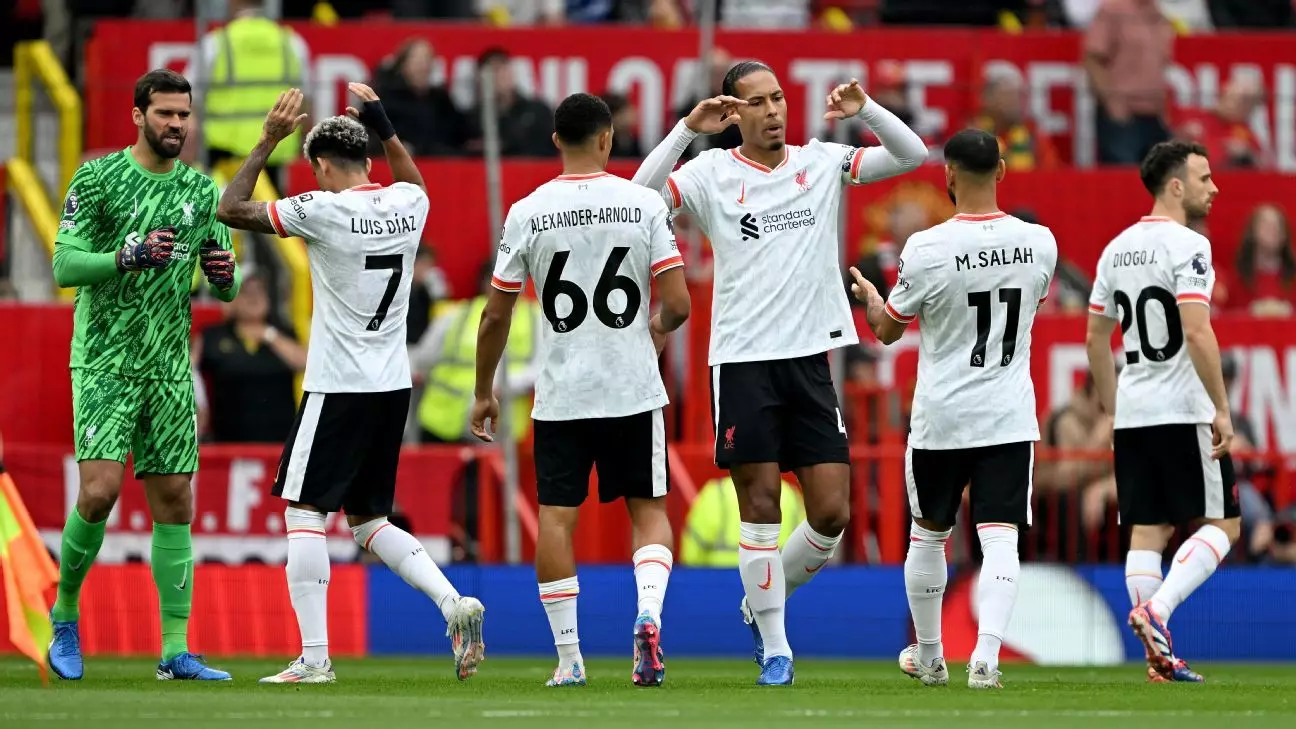The footballing landscape is ever-evolving, with governing bodies continually adapting rules to shape the game and enhance the competitive spirit. In a significant move, FIFA has introduced interim transfer regulations aimed at facilitating player movements ahead of the Club World Cup, scheduled to take place in the United States in mid-2025. This initiative is particularly notable as it allows players with contracts expiring on June 30 to sign early as free agents with any of the 32 teams participating in this prestigious tournament.
Under the new provisions announced last Thursday, players who are looking to transition to new teams will have a window from June 1 to June 10 to finalize their transfers. This short exception aims to promote a more dynamic approach to player movement, ensuring that athletes can join teams in advance of the competition. Among the clubs participating in the Club World Cup are major European powerhouses like Real Madrid, Manchester City, Bayern Munich, and Paris Saint-Germain, who possess both the pedigree and financial muscle to attract elite talent.
Among the players likely to be courted due to their impending free agency are notable figures such as Mohamed Salah, Trent Alexander-Arnold, and Virgil van Dijk of Liverpool, as well as Lille’s Jonathan David and Tottenham’s Son Heung-Min. Their potential availability offers a tantalizing prospect for clubs vying for glory in the Club World Cup.
FIFA’s interim rules provide an essential lifeline for both players and clubs navigating the complexities of the transfer system. By allowing for players to represent a new team during a brief period before their current contracts expire, the regulations acknowledge the reality that many players find themselves in—at times uncertain about their future, especially if they are in line to participate in a high-stakes tournament.
The Club World Cup, touted as a major event that crowns the best clubs across confederations, presents unique challenges. If this year’s competition had gone forward as originally planned, Kylian Mbappé’s situation would have exemplified the friction in existing regulations. As he faces free agency on June 30, whether he would be eligible to represent Paris Saint-Germain or Real Madrid remains a complex question. The new rules could alleviate such concerns, allowing star players to navigate transitions smoothly, even as the tournament unfolds.
Additionally, FIFA’s decisions extend beyond just the movement of players to encompass their national commitments. Future tournaments like the 2025 Gold Cup, which coincides partly with the Club World Cup, could create logistical issues for participants hailing from the U.S. and Mexico. By granting exemptions to the longstanding rules mandating player releases for national duty, FIFA is displaying an awareness of the competing interests at play and striving to strike a balance conducive to both club and national team obligations.
The inclusion of clubs from the Concacaf region, such as the Seattle Sounders, Leon, and Monterrey—as well as a potential additional MLS representative—also emphasizes FIFA’s objective of promoting diversity and global engagement in football. This reflects the growing importance of American soccer within the larger context of global football.
FIFA’s adjustments to the transfer market exist within a broader history of flexibility during extraordinary circumstances. Back in 2020, the organization previously altered transfer rules amid the disruptions caused by the COVID-19 pandemic. The case of German striker Timo Werner serves as a reminder of how these rules can directly impact player decisions, as he chose to move to Chelsea rather than compete in Leipzig’s Champions League campaign during the extended off-season.
As the Club World Cup approaches, the combination of these interim transfer rules and exemptions for national duty could potentially reshape how clubs strategize. The prospect of attracting new talent and ensuring that key players remain available underlines FIFA’s keen understanding of modern football’s complexities. The landscape is bound to remain dynamic, and the choices made in the lead-up to the Club World Cup will undoubtedly leave lasting implications on clubs, players, and fans alike.
